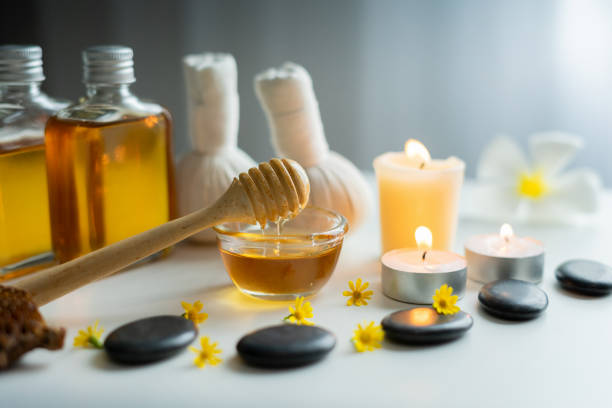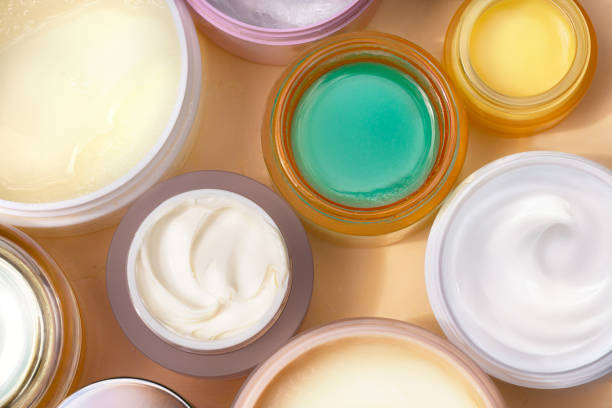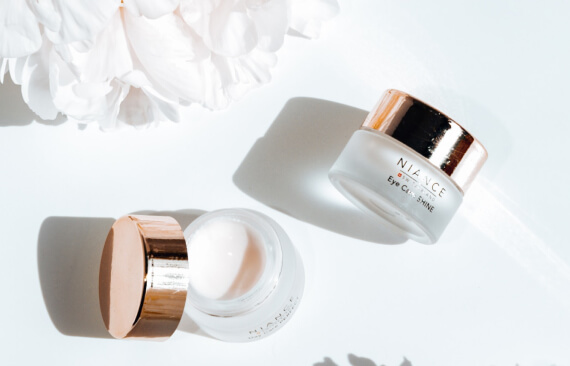Retinol, a derivative of vitamin A, stands as the undisputed gold standard in the world of over-the-counter
anti-aging skincare, revered for its proven ability to diminish the appearance of wrinkles and prevent new ones from forming. However, its very potency means that selecting the right formula is not a matter of simply grabbing the first bottle off the shelf; it is a deliberate process that requires careful consideration of concentration, formulation, and one’s own skin tolerance. The right choice is a product that effectively stimulates renewal without compromising the skin’s barrier, making it a sustainable part of a long-term preventative strategy.The journey begins with understanding strength. For those new to retinol, a low concentration, typically between 0.01% and 0.03%, is the prudent starting point. This allows the skin to acclimatize to the ingredient’s powerful effects, which include accelerating cellular turnover and boosting collagen production. Jumping directly to a high-potency formula risks significant irritation, including redness, peeling, and dryness, which can undermine the skin’s health and deter consistent use. The vehicle, or formulation, is equally critical. Encapsulated
retinol is a superior technology, as it slowly releases the active ingredient, enhancing its stability and reducing potential irritation. Look for serums or creams that pair
retinol with soothing agents like niacinamide, ceramides, or panthenol. These complementary ingredients help to fortify the skin’s barrier, calm inflammation, and provide essential hydration, creating a more balanced and tolerable experience.Furthermore, the packaging is a telling indicator of a product’s quality. Retinol is notoriously unstable and degrades when exposed to light and air. Therefore, an opaque, airtight container, such as a metal tube or a pump bottle, is essential to preserve the ingredient’s potency and efficacy from the first use to the last. Integrating the right
retinol into a routine is a gradual process, beginning with application just one or two nights a week on
dry skin, slowly increasing frequency as tolerance builds. Paired with daily sunscreen use—a non-negotiable step, as
retinol increases photosensitivity—this powerful ingredient becomes a transformative tool, diligently working overnight to smooth texture, fade fine lines, and fundamentally strengthen the skin’s architecture against the visible signs of aging.


